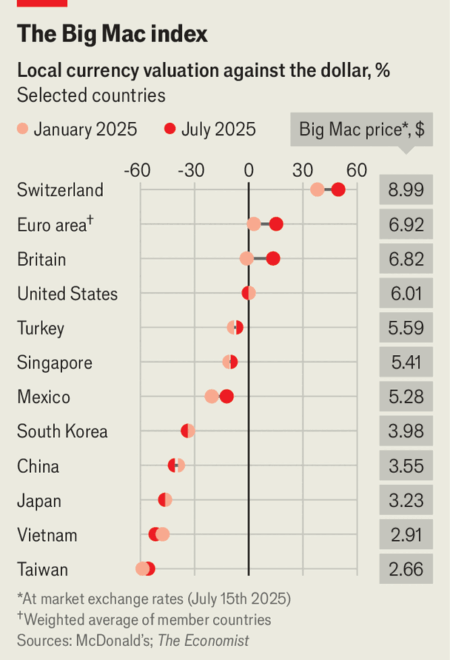Rachel Reeves, the newly appointed chancellor of Britain, has recently made a bold statement that she has inherited the worst fiscal circumstances since the Second World War. While some may view this as an exaggeration, the reality is that the economic challenges facing the country are indeed daunting. In an effort to address these challenges, Ms. Reeves has announced plans to enlist the support of Britain’s retirement savings in driving investment in domestic businesses and delivering higher returns to pension savers.
The specifics of Ms. Reeves’s strategy are still forthcoming, but her predecessor, Jeremy Hunt, initiated the process by requiring defined-contribution pension funds to disclose the extent of their investments in domestic assets by 2027. This move is part of a broader trend, with other countries also exploring ways to enhance pension-fund investment in their respective economies. For example, Stephen Poloz, a former governor of the Bank of Canada, is currently studying options to increase pension-fund investment in domestic assets on behalf of the Canadian government. Similarly, Enrico Letta, a former Italian prime minister, has advocated for the establishment of an EU-wide auto-enrolment pension scheme that could channel funds into green transport and energy infrastructure projects.
The notion of leveraging retirement savings to bolster domestic investment is not new. In fact, some argue that pension funds have a natural alignment with the long-term interests of the economy, given their focus on generating stable returns over extended periods. By directing pension funds towards domestic businesses and infrastructure projects, governments can not only stimulate economic growth but also create opportunities for pension savers to earn attractive returns on their investments.
However, there are challenges and considerations that need to be taken into account when pursuing this strategy. For instance, pension funds are bound by fiduciary duties to act in the best interests of their beneficiaries, which may not always align with the objectives of government-led investment initiatives. Furthermore, the diversification of investment portfolios is essential to mitigate risk, and an overreliance on domestic assets could potentially expose pension funds to concentrated risks.
Despite these challenges, the trend towards increasing pension-fund investment in domestic assets is gaining momentum, driven by a combination of economic imperatives and political considerations. In an era of heightened economic uncertainty and geopolitical volatility, governments are looking for new avenues to stimulate growth and create jobs, and pension funds represent a vast pool of capital that can be harnessed for these purposes.
In conclusion, Rachel Reeves’s proposal to harness Britain’s retirement savings for domestic investment is a bold and potentially transformative initiative that has the potential to reshape the country’s economic landscape. By fostering greater collaboration between pension funds and government agencies, it is possible to unlock new avenues for capital deployment and drive sustainable economic development. While the road ahead may be challenging, the benefits of such a strategy could be substantial for both pension savers and the broader economy. It remains to be seen how Ms. Reeves’s plans will unfold, but one thing is clear: the role of retirement savings in driving economic growth is likely to become an increasingly important theme in the years to come.










